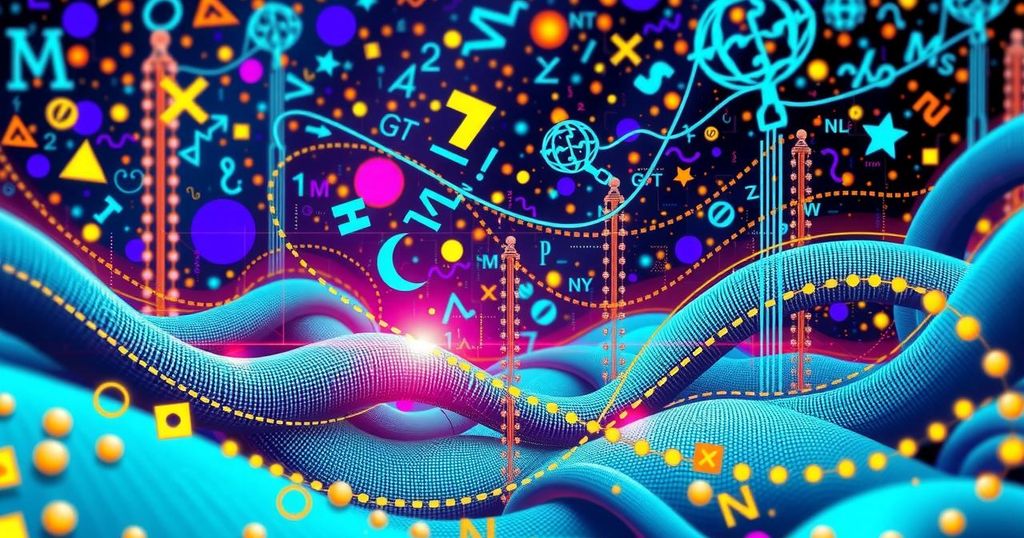DARPA’s expMath: Accelerating Mathematical Breakthroughs with AI
DARPA’s expMath program aims to revolutionize mathematics by employing artificial intelligence to speed up discovery. The initiative seeks proposals for AI systems to assist mathematicians, breaking complex problems into manageable pieces. The program hopes to democratize access to advanced mathematics and facilitate breakthroughs in areas like cryptography, with submissions due by July 8, 2025.
Mathematics has long been the backbone of countless technological innovations, but let’s be honest—it can be painfully slow. Picture mathematicians toiling alone or in small teams, sweaty brows over chalkboards, hunting for breakthroughs that may take years, or even generations. It’s like trying to solve a Rubik’s cube blindfolded, and sometimes, it feels like we’re stuck in neutral when we need to speed up the gearshift. Now, DARPA is aiming to change the game with its new expMath initiative, looking for proposals to harness artificial intelligence to facilitate these math discoveries.
The need to accelerate mathematical progress couldn’t be clearer. Too often, traditional research methods keep us chained to desks, individual proofs confined to dusty journals. But what if AI could help mathematicians dismantle these intricate problems into bite-sized pieces, called lemmas? In simpler terms, think of it as turning a daunting jigsaw puzzle into more manageable sections, allowing researchers to collaborate and build upon one another’s work.
Now, DARPA isn’t just tossing AI into the fray haphazardly. They’re exploring a range of AI techniques, like large language models and reinforcement learning, while maintaining a strong focus on the actual needs of mathematicians. The vision here is ambitious: it’s about connecting the disjointed worlds of AI and mathematics. By doing this, DARPA hopes to create a bridge that makes advanced mathematical exploration more accessible—less like an elite club and more like a gathering of collaborative, curious minds.
There’s a lot of promise behind this endeavor. As Patrick Shafto, the expMath program manager, puts it: “Just as computers once transformed calculations, expMath technology could put powerful mathematical tools at everyone’s fingertips, redefining the pace of discovery if successful.” After all, who wouldn’t want to see our national strengths in AI meld with the practice of mathematics?
The possible implications are vast. Imagine breakthroughs in critical fields such as cryptography or materials science lighting up like a Christmas tree. The program also aims to democratize mathematics as a whole, altering educational landscapes and how learners interact with numbers. Imagine students collaborating in real-time with AI to tackle homework challenges that were once stifling.
This expMath initiative will comprise two main technical areas: one will push AI advancements specifically for mathematics, while the other will rigorously evaluate how effective these systems are at solving real-world, professional math problems. A big part of this will involve developing strong metrics to assess how well AI performs at the cutting edge of math research—a true test, for sure.
But what’s next? DARPA is currently inviting proposals for the expMath program, with the deadline looming on July 8, 2025. If you want to get in on this groundbreaking potential, head over to Sam.gov for more information on how to submit ideas.
DARPA’s expMath program is set to shake up the traditional slow-paced world of mathematics by leveraging artificial intelligence as a co-author. This collaboration promises to transform how math is approached and understood, potentially unlocking new breakthroughs in various fields, from cryptography to education. With a proposal deadline of July 8, 2025, it’s an exciting time for those ready to jump into this innovative math frontier.
Original Source: www.darpa.mil




Post Comment